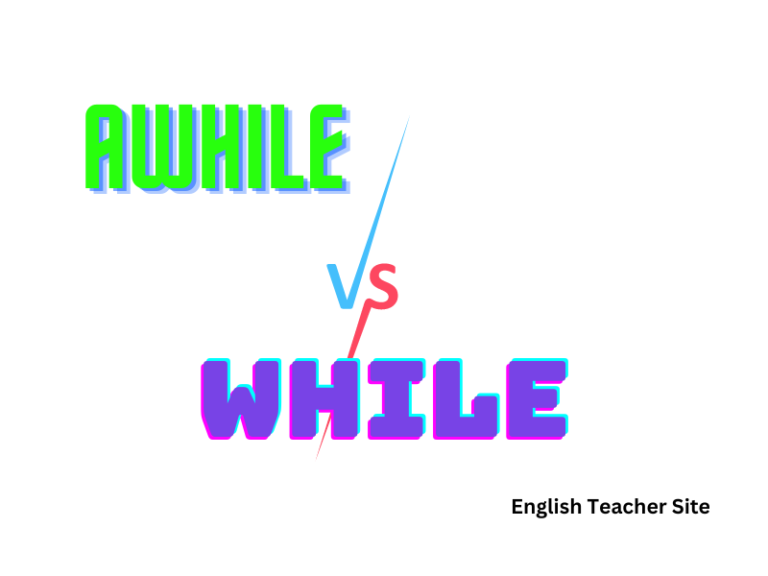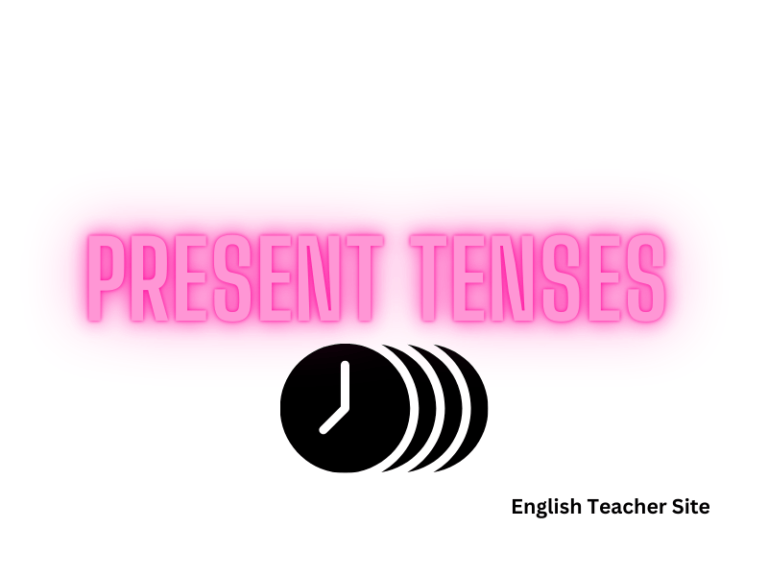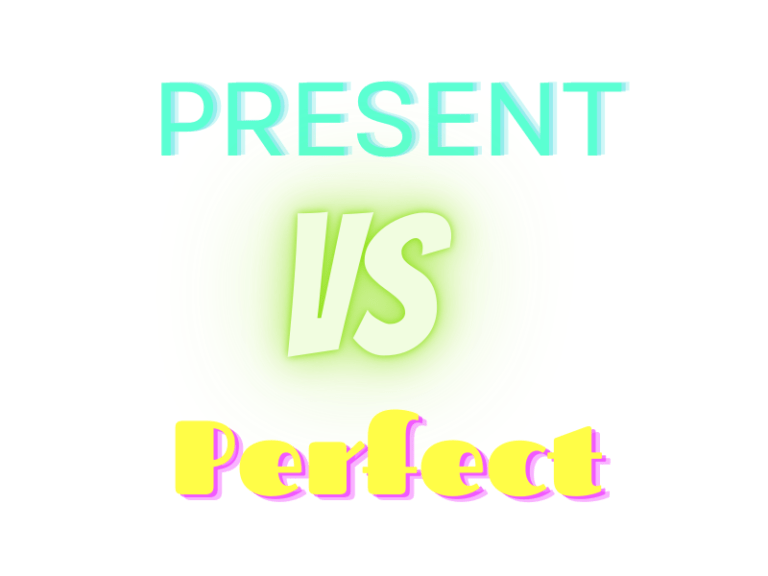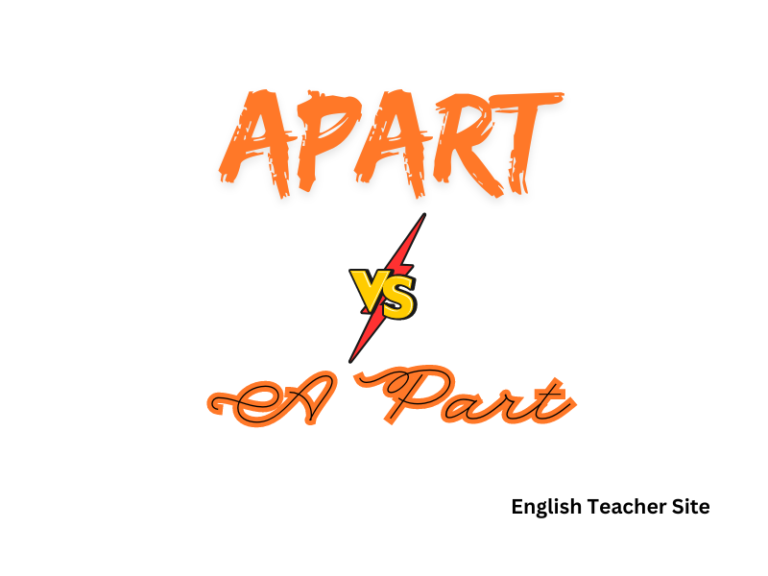Whats a Pun: Understanding Wordplay through Examples

- Puns are a literary tactic that use the ambiguities and double meanings of words to create humor.
- They serve both comedic and rhetorical purposes in various forms of writing.
- The effectiveness of a pun depends on the audience’s understanding of the word’s multiple interpretations.
A pun is a form of wordplay that exploits multiple meanings of a term, or of similar-sounding words, for an intended humorous or rhetorical effect. These plays on words have a long history in the realm of comedy and writing, where language is manipulated to create a humorous response.
Unraveling “What’s a Pun: Meaning with Examples”
Understanding the Definition and Examples of Puns
A pun is a form of word play that exploits multiple meanings of a term, or of similar-sounding words, for an intended humorous or rhetorical effect. These ambiguities can arise from the intentional use of homophonic, homographic, homonymic, or metonymic language.
Homophonic Puns: These puns exploit words that sound alike but have different meanings. For instance, “Time flies like an arrow; fruit flies like a banana” plays on the word “flies” as both the verb for the action of time moving swiftly and the noun for the insect attracted to fruit.
Homographic Puns: They make use of words that are spelled the same but have a different pronunciation and meaning. A classic example is: “I’m reading a book on anti-gravity. It’s impossible to put down!” Here, “put down” refers to both the inability to criticize the book and the literal action of placing the book aside.
Homonymic Puns: Such puns rely on words that are both spelled and pronounced the same but have different meanings. Take this joke: “Police were called to a daycare where a three-year-old was resisting a rest.” The pun here lies in the word “rest,” which can refer to sleep as well as to being under police control.
Metonymic Puns: These use a word to represent something else which it’s closely associated with. For example, in the phrase, “The pen is mightier than the sword,” the “pen” represents the written word, and the “sword” represents military force.
Puns are often used in literature, comedy, and everyday conversation to evoke amusement through clever wordplay.
Meaning of Pun
Puns are a form of wordplay that exploit the ambiguity of language or similar sounding words to elicit humor or rhetorical effect.
Defining Wordplay
Wordplay involves manipulating language in a clever or witty way. It often relies on the multiple meanings of a word, or on similar-sounding words, to create a humorous or impactful effect. Puns typically fall under this category as they use words with multiple meanings or similar sounds to entertain or make a point.
How Puns Work
Puns create humor through the clever use of wordplay. They exploit the nuances of language, often using words that are similar in sound but different in meaning.
Analyzing Linguistic Play
Puns operate on the principle of linguistic play—manipulating language to elicit amusement. They are predicated on words that are homophonic (sound alike), homographic (spelled the same), or homonymic (both). It is this phonetic or semantic similarity that forms the basis of a pun.
- Homophonic Puns: These rely on words that sound similar but have different meanings. For example, “A bicycle can’t stand on its own because it is two-tired.”
- Homographic Puns: These puns use words that are spelled the same but have different meanings and possibly different pronunciations. An example could be, “The frustrated cannibal threw up his hands.”
- Homonymic Puns: When a word has more than one meaning, a pun can play on these multiple meanings. For instance, “Time flies like an arrow; fruit flies like a banana.”
Examples of Puns
Puns entertain through a clever synthesis of wordplay, relying on the multiple meanings or similar sounds of words to elicit humor.
Illustrating Wordplay
Homophonic Puns: These puns make use of words that sound the same but have different meanings. For example:
- “I used to be a baker because I kneaded dough.”
- “Atheism is a non-prophet organization.”
Homographic Puns: Puns that play on words that are spelled the same but have different pronunciations and meanings. Examples include:
- “The musician got in trouble, so he faced the music.”
- “When the window fell into the incinerator, it was a pane in the ash to retrieve.”
Words Similar to Pun (Synonyms)
The ability to recognize these synonyms is crucial for those studying the English language or engaging in literary analysis. Below are terms closely associated with “pun,” which encapsulate its essence in literature and conversation.
Identifying Related Terms
- Wordplay: It encapsulates a variety of techniques including puns.
- Joke: While broader, it encompasses puns, which are a form of humor.
- Paronomasia: A more technical term specifically for puns that play on similar sounding words with different meanings.
- Quip: Implies a witty or clever remark that can be pun-like.
- Witticism: A general term for a clever or witty remark, often including puns.
- Innuendo: Often uses puns to convey a suggestive meaning.
Source
My name is Khamis Maiouf. I am the creator of the English Teacher Site, dedicated to providing valuable resources and insights for students around the world. With a passion for education and a commitment to helping students enhance their skills, I aim to make English teaching more effective and enjoyable for both educators and students.






